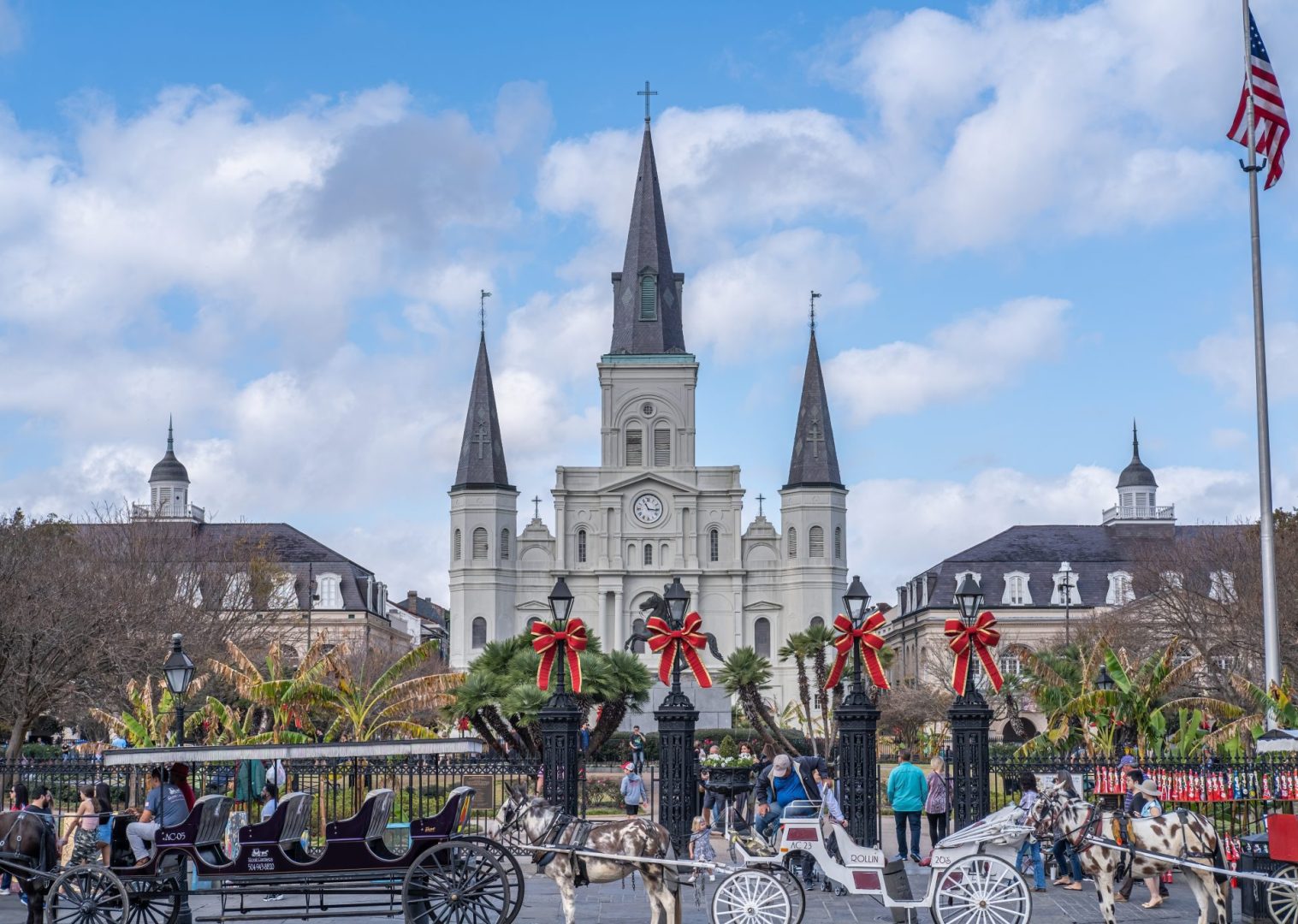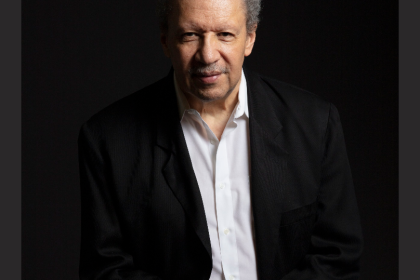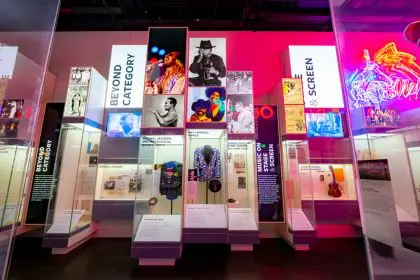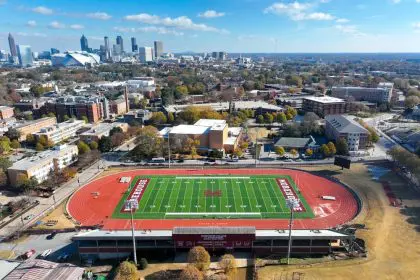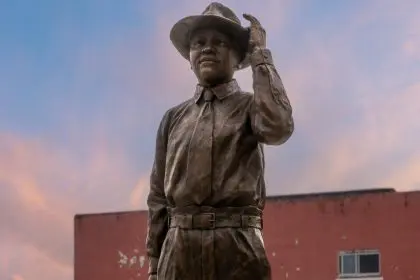New Orleans conducted a deeply meaningful ceremony combining multifaith memorial services with traditional jazz funeral celebrations to honor 19 African American individuals whose remains were finally returned home after more than 150 years. The repatriation represents the conclusion of a disturbing chapter in medical history where these individuals’ skulls were sent to Germany for unethical research that sought to justify racial hierarchies through pseudoscientific study.
The ceremony at the Hurricane Katrina Memorial provided a sacred space for community healing while acknowledging the systematic exploitation that these individuals endured even after death. The combination of solemn remembrance and joyful celebration through jazz funeral traditions exemplified New Orleans’ unique approach to honoring both tragedy and resilience within African American cultural heritage.
Systematic exploitation characterized 19th century medical research
The remains belonged to individuals who died between 1871 and 1872 at a local hospital during a period when African American bodies were routinely subjected to research without consent or dignity. This practice reflected broader patterns of racial exploitation within medical and scientific institutions that treated African Americans as subjects for study rather than recognizing their fundamental humanity.
The transportation of skulls to Germany for research purposes demonstrates the international scope of racial pseudoscience that characterized this historical period. These studies attempted to provide false scientific justification for racial hierarchies and discrimination that were already embedded within American social and legal systems.
The systematic nature of this exploitation extended beyond individual cases to represent institutional practices that denied African Americans basic human dignity even in death. The repatriation process acknowledges these historical wrongs while working to restore dignity to individuals who were denied respect during their lifetimes and afterward.
International collaboration enables dignified return
The University of Leipzig in Germany initiated contact with New Orleans city officials in 2023 to facilitate the return of the remains, demonstrating institutional recognition of past wrongs and commitment to ethical resolution. This proactive approach by the German institution reflects evolving international standards regarding human remains held in academic collections.
Dillard University managed the repatriation process, leveraging its expertise in African American history and cultural preservation to ensure appropriate handling of both the logistical and ceremonial aspects of the return. The university’s involvement underscored the importance of historically Black institutions in addressing historical injustices affecting their communities.
The collaboration between international academic institutions and local community organizations created a model for addressing similar historical wrongs involving human remains held in collections worldwide. This cooperative approach emphasizes restoration of dignity over simple bureaucratic transfers of physical materials.
Cultural traditions provide framework for healing
The jazz funeral tradition provided a culturally appropriate framework for honoring the deceased while celebrating their return to the community. This uniquely New Orleans tradition transforms mourning into celebration, emphasizing life and cultural continuity rather than focusing solely on loss and tragedy.
The multifaith memorial service acknowledged diverse spiritual traditions within the African American community while creating inclusive space for collective grieving and healing. This approach recognized that historical trauma affects entire communities and requires communal rather than individual responses for effective processing.
The ceremony’s location at the Hurricane Katrina Memorial created additional symbolic significance by connecting historical injustices with more recent community trauma. This setting emphasized ongoing patterns of resilience and recovery that characterize African American experiences in New Orleans across different historical periods.
Community participation enables collective processing
The ceremony provided opportunities for community members to engage in collective reflection about historical injustices while participating in cultural traditions that affirm community strength and continuity. Attendee participation in both solemn remembrance and celebratory elements demonstrated the complexity of processing historical trauma.
Many participants expressed experiencing closure through the ceremony, indicating that formal acknowledgment of historical wrongs can contribute to community healing processes. The public nature of the event allowed broader community participation in addressing historical injustices that had affected the entire African American community.
The combination of educational elements about historical context with traditional cultural practices created comprehensive community engagement that honored both intellectual understanding and emotional processing of complex historical trauma.
Historical context illuminates broader patterns
The exploitation of these individuals’ remains reflected broader patterns of medical racism that characterized 19th century healthcare and research institutions. African American bodies were routinely used for medical education and research without consent, creating systematic dehumanization that extended beyond individual cases.
The pseudoscientific research conducted on these remains attempted to provide false biological justification for social and legal discrimination that African Americans faced during this period. These studies contributed to racist ideologies that influenced policy decisions and social attitudes for decades afterward.
The international dimension of this exploitation, with remains transported to European institutions, demonstrates how racial pseudoscience operated across national boundaries while contributing to global systems of racial hierarchy and discrimination.
Contemporary implications address ongoing injustices
The repatriation ceremony sparked discussions about contemporary manifestations of systemic racism and the ongoing need for justice and equality initiatives. Participants connected historical exploitation with current challenges facing African American communities, emphasizing continuity between past and present struggles.
The event highlighted how historical acknowledgment can contribute to contemporary social justice efforts by providing context for understanding current inequalities and their historical roots. This connection between past and present emphasizes the relevance of historical justice work for current civil rights initiatives.
The ceremony’s emphasis on dignity and respect for the deceased provided frameworks for addressing contemporary issues involving African American communities’ treatment within medical, educational, and other institutional settings.
Educational opportunities emerge from commemorative events
The repatriation process created educational opportunities for community members to learn about historical patterns of exploitation while understanding how these practices connected to broader systems of racial oppression. This educational component enhanced the ceremony’s impact beyond immediate commemoration.
The involvement of Dillard University in managing the process provided opportunities for students and faculty to engage directly with historical justice work while developing expertise in repatriation processes that could inform future similar efforts.
The public attention generated by the ceremony created broader awareness about historical medical exploitation of African Americans, potentially influencing ongoing discussions about medical ethics, research practices, and institutional accountability for historical wrongs.
Restoration of dignity transcends physical repatriation
The ceremony emphasized that true repatriation involves restoring dignity and humanity to individuals who were denied respect during their lifetimes and afterward. This understanding extends beyond simple return of physical remains to encompass acknowledgment of personhood and community belonging.
The cultural elements of the ceremony, particularly the jazz funeral tradition, provided frameworks for celebrating lives that had been reduced to research subjects during the exploitation period. This restoration of individual identity within community context represents profound healing work.
The emphasis on celebration alongside mourning reflected African American cultural traditions that affirm life and community strength even while acknowledging tragedy and loss. This approach provides models for processing historical trauma that emphasize resilience rather than victimization.
Long-term implications for institutional accountability
The repatriation process establishes precedents for how academic and medical institutions should address historical collections of human remains obtained through unethical practices. The German university’s proactive approach provides a model for institutional accountability and ethical resolution.
The ceremony’s success demonstrates how communities can work with institutions to address historical wrongs in ways that honor affected individuals while contributing to broader healing processes. This collaborative approach emphasizes restoration over punishment while maintaining institutional accountability.
The public attention generated by this repatriation may encourage other institutions holding similar remains to initiate their own repatriation processes, potentially creating broader movements toward historical justice and institutional accountability for past exploitation practices.
The New Orleans repatriation ceremony represents a significant step toward historical justice while demonstrating how cultural traditions can provide frameworks for processing complex trauma and affirming community strength, dignity, and continuity across generations affected by systematic exploitation and discrimination.

